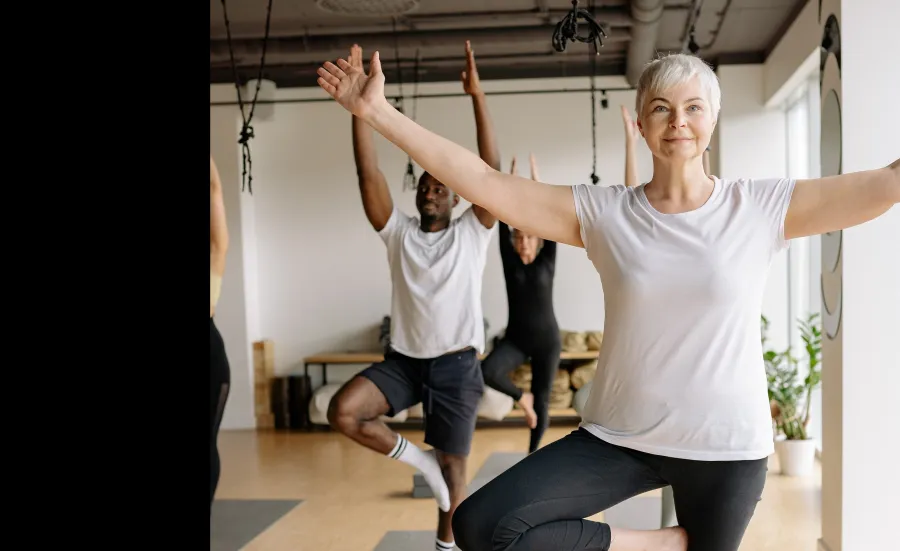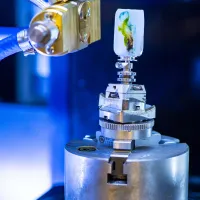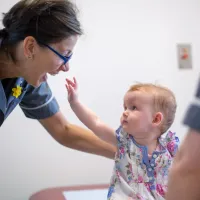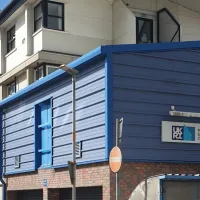Research group
Active Living

The Active Living research group aims to enable lifelong active living through enhancing movement and general health.

The Active Living research group aims to enable lifelong active living through enhancing movement and general health.

We are developing innovative technologies and establishing new clinical practices to maximise the active lifespan, increase physical activity, healthy ageing and independence in ways that are safe, affordable and sustainable.

Through the use of technology our aim is to promote optimal movement to reduce the risk of injuries and to assist in the rehabilitation process.

Our goal to enable people of all ages and levels of ability to live active lifestyles is driven by collaboration through the vibrant multidisciplinary research environment at the University of Southampton.



